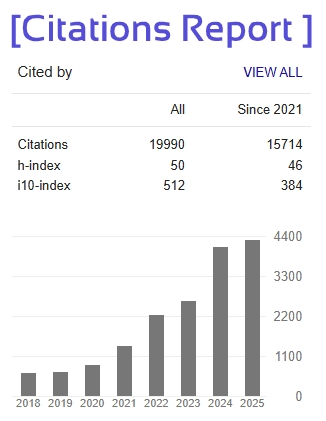Heart Disease Prediction Using Machine Learning
Tammali Adithya Vardhan1, ECE ,Institute of Aeronautical Engineering, Hyderabad, India 22951A0408@iare.ac.in
Dr. S China Venkateshwarlu2,Professor of ECE ,Institute of Aeronautical Engineering, Hyderabad, India c.venkateshwarlu@iare.ac.in
Dr. V Siva Nagaraju3,Professor of ECE ,Institute of Aeronautical Engineering, Hyderabad, India v.sivanagaraju@iare.ac.in
Mr.U.Somanaidu 4,Asst. Professor of ECE ,Institute of Aeronautical Engineering, Hyderabad, India u.somanaidu@iare.ac.in
DOI: 10.55041/IJSREM48254
Abstract:
Heart disease remains one of the most critical health concerns globally, often leading to life-threatening complications if not identified in its early stages. This project introduces a data-driven solution for predicting the likelihood of heart disease using machine learning techniques. By analyzing structured health data including patient attributes such as age, sex, blood pressure, cholesterol levels, chest pain type, and other clinical features the system learns patterns associated with the onset of heart-related conditions.
The predictive framework is developed using supervised learning algorithms, specifically Random Forest and Logistic Regression, which are trained on a publicly available heart disease dataset. Prior to model training, the data undergo preprocessing procedures such as feature scaling and encoding to enhance the learning process. The application is built using Python and incorporates libraries like scikit-learn for modeling, pandas for data manipulation, and Streamlit for the user-facing interface. This setup enables users to input health parameters via a graphical interface and receive real-time predictions regarding potential heart disease risk.
Model performance is evaluated using accuracy metrics and validated through testing on unseen data. The results indicate that the trained models can effectively identify individuals at risk, offering a practical approach for early detection. This system has potential applications in clinical decision support and personal health monitoring. Future developments may involve incorporating more diverse datasets and expanding the model to include real-time physiological data for improved accuracy.







